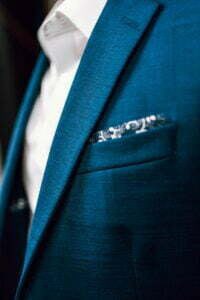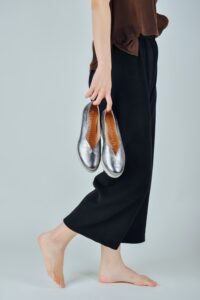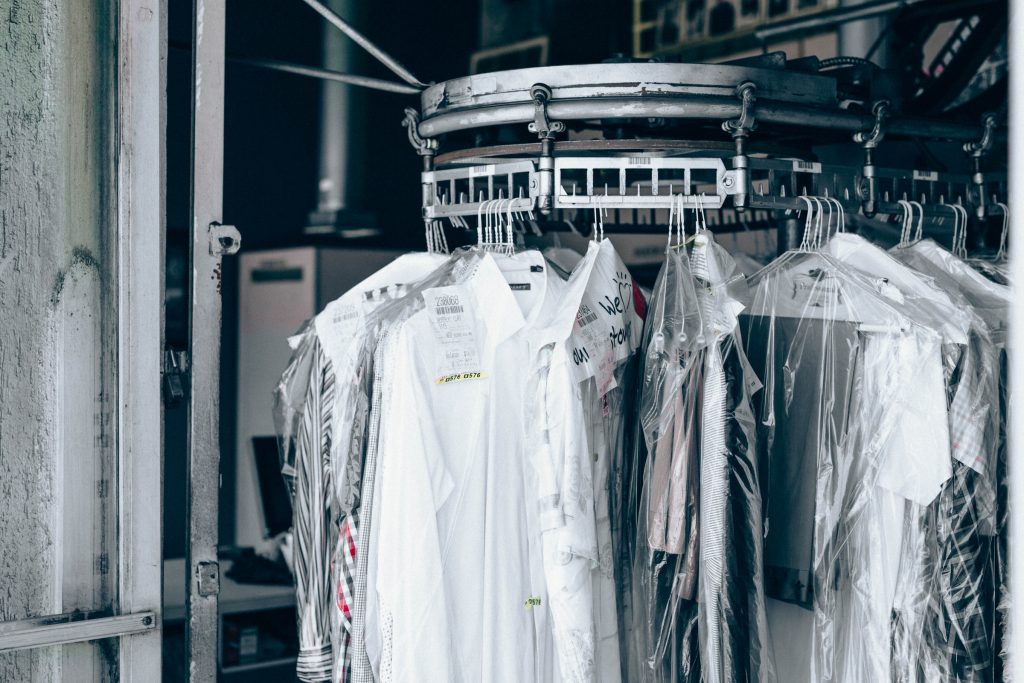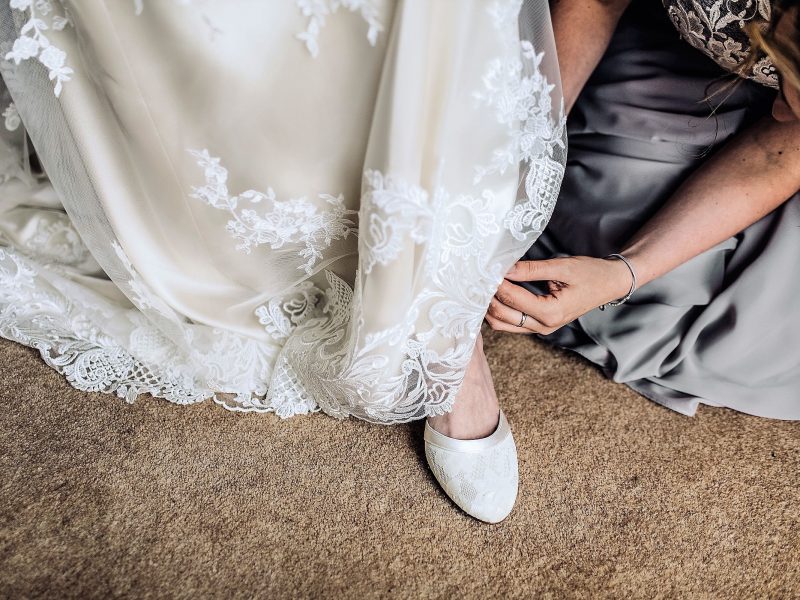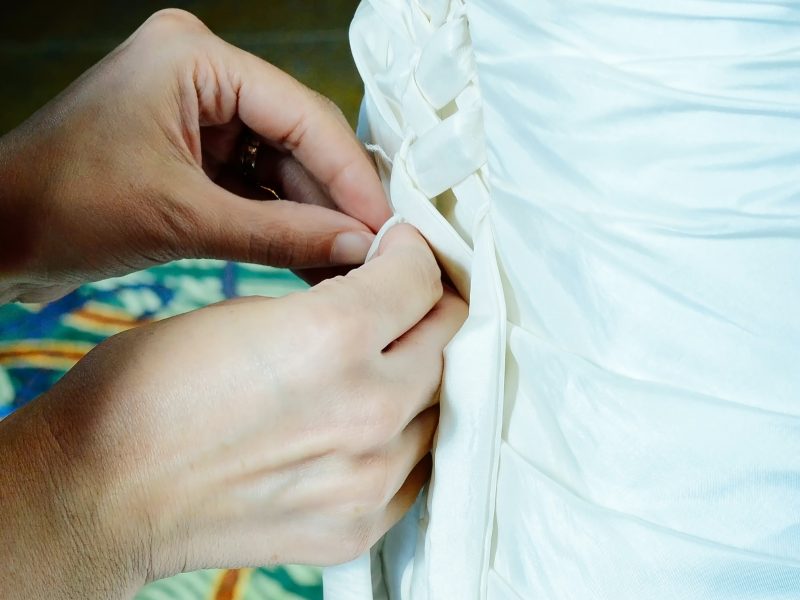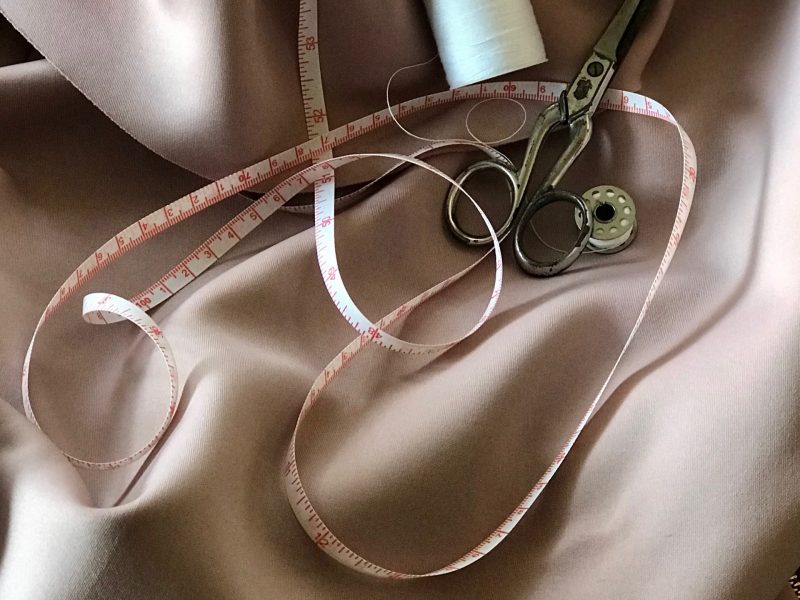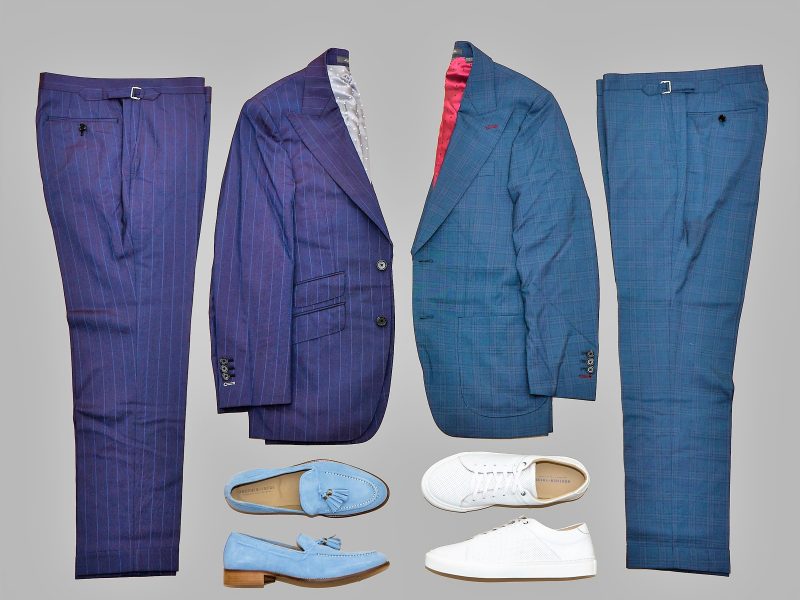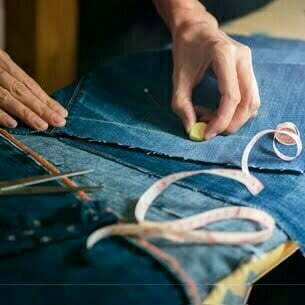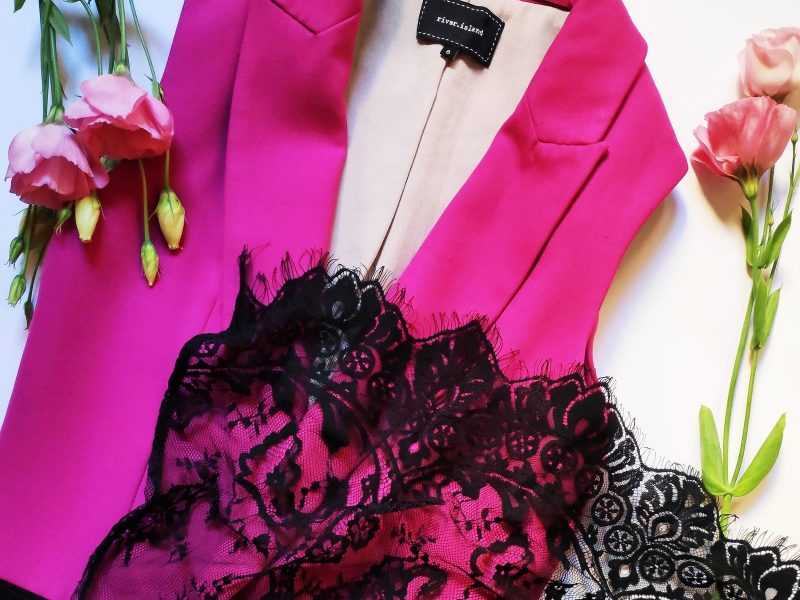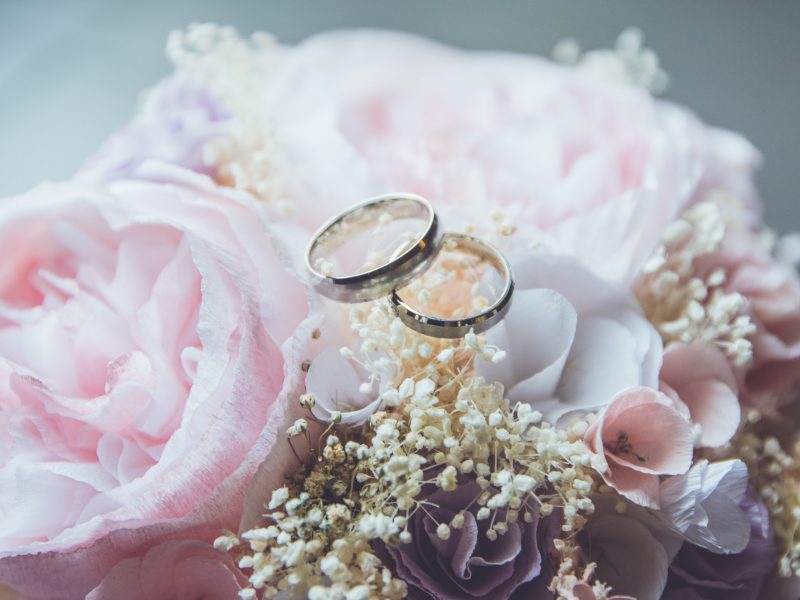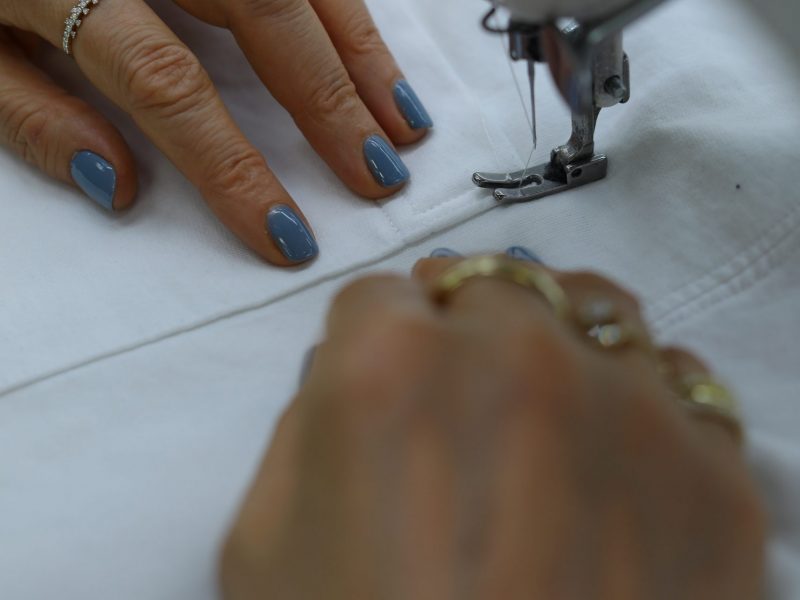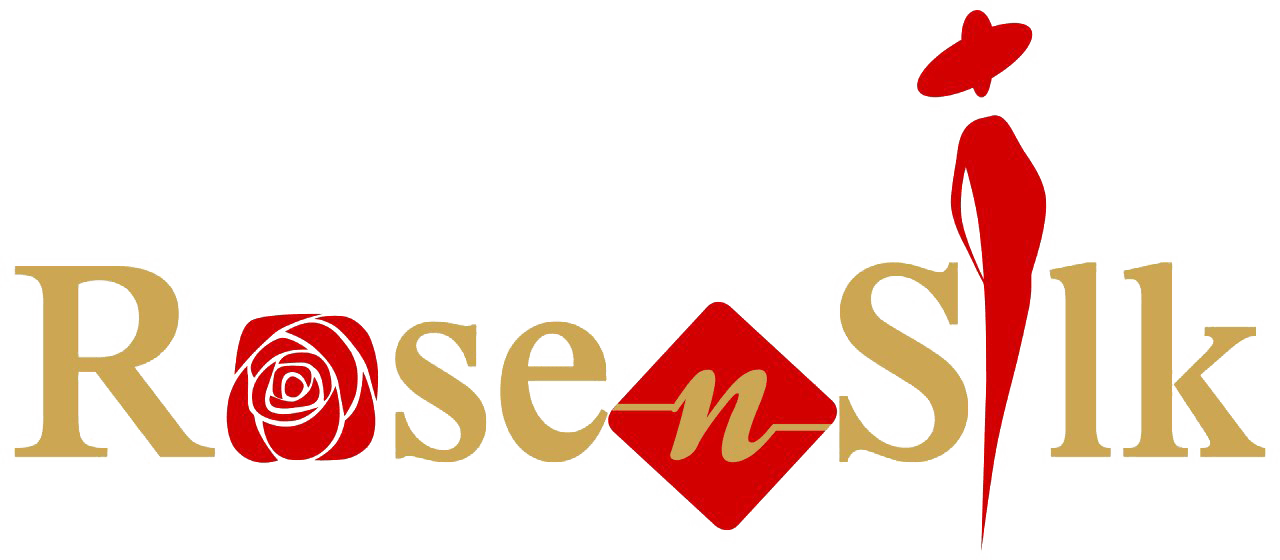Welcome to Rose N Silk Alterations, where we provide professional alteration services to ensure that your clothes fit perfectly and look great. Our skilled team of tailors has years of experience in the industry and can take care of all your alteration needs, from hemming pants to adjusting sleeve lengths and more.
We understand that every piece of clothing is unique and requires individual attention to achieve the perfect fit. That’s why we take great care to ensure that our alteration services are customized to meet your specific requirements. We use only high-quality materials and equipment to ensure a flawless finish that will exceed your expectations.
Whether you need alterations for casual wear, formal wear, or anything in between, our team is here to help. Contact us today to learn more about our services and schedule an appointment with one of our skilled tailors.
To learn more about our clothing alteration services, simply click on the images below for detailed information and examples.
Adjusting the length of the wedding gown or skirt to the desired measurement.
Modifying the size of the dress to achieve a better fit by either taking in or letting out the seams.
Creating a bustle to lift and secure the train of the wedding gown for ease of movement during the reception.
Altering the length, style, or fit of straps or sleeves to enhance comfort and aesthetics.
Adjusting the bodice to ensure a snug and flattering fit around the bust, waist, and hips.
Changing the neckline style or adjusting its depth to suit the client’s preference.
Adding or removing beadwork, sequins, or lace details to enhance the overall design.
Replacing or updating the closure system of the gown for improved functionality and fit.
Adjusting the number of layers or adding removable pieces such as overskirts or boleros for versatility.
Altering the length or shape of the train to match the client’s vision and comfort level.
Modifying the waistline of the gown to achieve the desired silhouette and waist placement.
Moving or repositioning embellishments, appliques, or trims to improve the overall aesthetics.
Incorporating personal touches such as adding sleeves, changing the back design, or creating custom embroidery.
Adjusting the length of the skirt to the desired measurement.
Altering the waistband size or shape to ensure a comfortable and secure fit.
Modifying the size of the skirt to achieve a better fit by either taking in or letting out the waist or hips.
Gradually narrowing the width of the skirt from the waist to the hem for a more flattering silhouette.
Modifying the number or style of pleats to achieve the desired design or fit.
Adjusting the lining of the skirt to match the outer layer or improve comfort.
Altering the number of layers or adding/removing underskirts or overlays to enhance volume or design.
Adding a slit for ease of movement or adjusting an existing slit for modesty or style preferences.
Modifying or repositioning decorative elements such as trims, embroidery, or appliques.
Adding ruffles or flounces to the skirt for a more playful or dramatic look.
Shortening or lengthening the sleeves to achieve the desired fit and proper exposure of the shirt cuff.
Taking in or letting out the waist of the jacket to create a more tailored and flattering silhouette.
Shortening or lengthening the jacket hem to achieve the desired proportion and balance.
Narrowing or broadening the shoulders of the jacket for a better fit and improved comfort.
Gradually narrowing the jacket from the chest to the waist for a more streamlined look.
Adjusting the length of the trousers to the desired measurement, typically tailored to break at the shoe or as per the client’s preference.
Taking in or letting out the waist and seat of the trousers for a better fit around the hips and buttocks.
Tapering the legs of the trousers to achieve a slimmer or more tailored appearance.
Adding or removing cuffs at the hem of the trousers for style and personal preference.
Adjusting the positioning of the jacket buttons to ensure a proper fit and improved drape.
Altering the length, style, or fit of straps or sleeves to enhance comfort and aesthetics.
Modifying the size of the dress to achieve a better fit by either taking in or letting out the seams.
Adjusting the length of the dress to the desired measurement, ensuring it falls appropriately for the occasion and the wearer’s height.
Adjusting the bodice to ensure a snug and flattering fit around the bust, waist, and hips.
Changing the neckline style or adjusting its depth to suit the client’s preference or the dress’s design.
Adjusting the back of the dress, such as lowering the backline, adding a keyhole, or creating a new closure.
Modifying the waistline of the dress to achieve the desired silhouette and waist placement.
Adding or removing beadwork, sequins, or lace details to enhance the dress’s overall design.
Replacing the zipper to ensure a smooth and secure closure.
Adjusting the number of layers or adding removable pieces for versatility and desired fullness.
Altering the length or shape of a train, if present, to match the client’s preferences or the event’s formality.
Moving or repositioning embellishments, appliques, or trims to improve the overall aesthetics.
Incorporating specific customisations like adding a slit, changing the dress’s silhouette, or creating unique detailing.
Repairing any damages or tears in the fabric or seams.
Adding extra fabric or using creative techniques to lengthen trousers, if necessary.
Replacing the zipper for better functionality and durability.
Modifying the lining of the trousers for improved comfort or to address any issues with movement.
Adjusting or removing pleats to achieve a sleeker or more contemporary style.
Adding or removing cuffs at the hem of the trousers for style and personal preference.
Moving or resizing the pockets to improve their placement or functionality.
Adjusting the seat area of the trousers for a better fit around the hips and buttocks.
Modifying the crotch area for improved comfort and fit, addressing issues such as a low crotch or excess fabric.
Gradually narrowing the width of the trousers from the thigh to the ankle for a more tailored and modern look.
Altering the waistband size or shape to ensure a comfortable and secure fit.
Modifying the size of the trousers to achieve a better fit by either taking in or letting out the waist, seat, or hips.
Adjusting the length of the trousers to the desired measurement, typically tailored to break at the shoe or as per the wearer’s preference.
Altering the width of the curtains to fit the specific window or space more accurately.
Adjusting the length of the curtains to the desired measurement, ensuring they hang at the desired height from the floor or window sill.
Modifying the lining of the curtains for improved light blocking, privacy, or insulation.
Converting the curtain heading style, such as switching from rod pocket to pinch pleats or vice versa.
Adjusting the pleats, such as making them fuller or reducing their fullness, to achieve the desired appearance and drape.
Incorporating decorative trims or removing existing trims to enhance the visual appeal of the curtains.
Adding or adjusting tiebacks or holdbacks to hold the curtains in an open position.
Modifying swags or valances to ensure they fit the window dimensions and desired style.
Attaching or removing sheer panels or additional linings as per the functional or aesthetic requirements.
Fixing any damages, tears, or loose seams in the curtain fabric.
Adding fabric or extensions to increase the length of the curtains, if needed.
Removing excess fabric or cutting down the length of the curtains for a desired fit.
Adding or removing belt loops to accommodate belt width or personal preference.
Transforming jeans into a different style, such as converting straight leg jeans into skinny jeans or vice versa.
Altering the rise of the jeans, whether it’s low rise, mid-rise, or high rise, to match the wearer’s preference.
Creating or removing cuffs at the hem of the jeans for a different style or length.
Adding intentional distressing, such as fraying, fading, or distress marks, or customizing with embellishments, embroidery, or patches.
Moving the position of pockets for better placement or to achieve a more flattering look.
Replacing a damaged or non-functional zipper or button for improved functionality.
Repairing any damages or tears in the jeans by adding patches or stitching.
Gradually narrowing the leg width from the thigh to the ankle for a more fitted and streamlined look.
Modifying the size of the jeans to achieve a better fit by either taking in or letting out the seams, particularly around the hips, thighs, or calves.
Taking in or letting out the waistband to achieve a better fit around the waist.
Adjusting the length of the jeans to the desired measurement, tailored to the appropriate length for the wearer.
Taking in or letting out the size of uniform jackets for a better fit and improved comfort.
Adjusting the length or fit of uniform dresses to adhere to school regulations.
Modifying the pleats of school skirts to maintain their shape and appearance.
Moving the position of pockets on pants or skirts for better functionality or to meet specific school guidelines.
Adjusting collars or necklines of shirts or blouses to ensure a comfortable fit and proper appearance.
Adding the student’s name or school logo to the uniform for personalisation and identification.
Replacing a damaged or non-functional zipper or button for improved functionality.
Repairing any damages or tears in the jeans by adding patches or stitching.
Gradually narrowing the leg width from the thigh to the ankle for a more fitted and streamlined look.
Modifying the size of the jeans to achieve a better fit by either taking in or letting out the seams, particularly around the hips, thighs, or calves.
Taking in or letting out the waistband to achieve a better fit around the waist.
Shortening or lengthening the sleeves of shirts or blouses to achieve the desired fit and proper coverage.
Adjusting the length of the jeans to the desired measurement, tailored to the appropriate length for the wearer.
Adjusting the sleeve length to achieve the desired fit and ensure the sleeves fall at the appropriate position.
Modifying the size of the jacket by either taking in or letting out the seams to achieve a better fit around the chest, waist, or shoulders.
Altering the shoulder width or slope to improve the overall fit and enhance the jacket’s appearance.
Gradually narrowing the width of the jacket from the chest to the waist for a more tailored and streamlined look.
Modifying the length of the jacket to the desired measurement, ensuring it falls at the appropriate point on the body.
Adjusting the collar size, shape, or position to improve comfort and enhance the jacket’s style.
Replacing damaged or worn-out buttons or zippers for improved functionality and appearance.
Repairing any damages to the lining or replacing it entirely for better comfort and longevity.
Moving or resizing pockets to improve their placement, functionality, or visual appeal.
Altering the back seam to address any fit issues, such as excess fabric or a boxy appearance.
Incorporating or removing vents at the back of the jacket for improved mobility and style.
Gradually narrowing the width of the sleeves from the elbow to the wrist for a more tailored and modern look.
Adding elbow patches for a stylish touch or to reinforce areas prone to wear.
Unmatched Expertise in Our Services
Dry Cleaning, and Ironing Services
Discover the Pleasure of Pristine Attire: Indulge in the luxury of wearing meticulously cared-for clothing. Visit Rose n Silk today and experience the transformative power of our Dry Cleaning and Ironing Services. Your wardrobe will thank you!
| Bathrobes | Children’s Clothing | Men’s Clothing |
| Vintage Clothing | Motorcycle Clothing | Hand Bags |
| Manchester | Sportswear | T-shirts |
| Wedding Dresses | Women clothing | Costumes |
Type of clothing alterations and repairs we are providing
Here are some items that can be shortened:
- Maxi dresses
- Midi dresses
- Cocktail dresses
- Shift dresses
- Wrap dresses
- A-line dresses
- Sheath dresses
- Bodycon dresses
Here are some items that can be lengthened:
- Pants
- Skirts
- Dresses
- Jackets and coats
- Sleeves of shirts or jackets
- Straps of dresses or tops
- Necklines of tops or dresses
- Waistbands of pants or skirts
- Cuffs of sleeves or pants
- Hems of curtains or tablecloths
Here are some items that can be consumed or taken in:
- Evening gowns
- Cocktail dresses
- Wedding dresses
- Prom dresses
- Bridesmaid dresses
- Formal dresses
- Summer dresses
- Maxi dresses
Expand your knowledge by exploring valuable resources at Threads Magazine. Visit their website at Threads Magazine and discover a wealth of articles, tutorials, and inspiration to take your craft to the next level.
Fittings
We will work on your garment for as long as it is required to achieve the perfect fit. It is important that you understand that sometimes, for bridal and complex alterations, in particular, more than one fitting will be required to achieve the perfect result as the margin for an unwanted crease is sometimes just a millimeter. We believe in consistency that is why the same tailor or seamstress you see at your consultation will attend to you during all your fittings as well as work on your garment. All fittings are complimentary.
What if I Need Urgent Alterations?
If you need us to make alterations to your garment on the same day, please inform us of your requirements when you contact us. We will do our best to assist you and accommodate your request.
If you need to ask us a question we're here to help.


